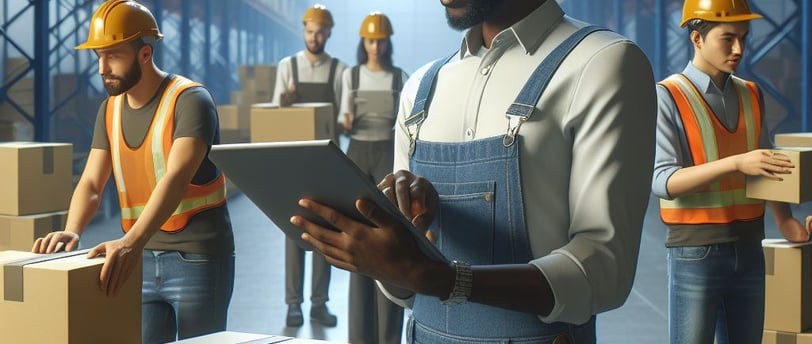Stingray: The Rise of Circular Supply Chains to Reduce Waste and Promote Sustainability
What is it? And What's in it for You?
Omar Rebaza
1/29/20242 min read


In today's world, where we are facing an increasing number of environmental challenges, it is more important than ever to find ways to reduce our impact on the planet. One way to do this is by adopting circular supply chains.
What are circular supply chains?
Traditional linear supply chains follow a take-make-dispose model, where raw materials are extracted, used to create products, and then discarded as waste. Circular supply chains, on the other hand, are designed to keep materials in use for as long as possible. This can be achieved through a variety of methods, such as:
Repair and refurbishment: Products are repaired or refurbished instead of being thrown away.
Remanufacturing: Used products are disassembled and their components are used to create new products.
Recycling: Materials are recycled into new products.
Composting: Organic materials are composted and used as fertilizer.
Benefits of circular supply chains
There are many benefits to adopting circular supply chains, including:
Reduced waste: Circular supply chains can help to reduce the amount of waste that is generated, which can help to conserve resources and reduce pollution.
Lower costs: By keeping materials in use for longer, circular supply chains can help businesses to reduce their costs.
Increased innovation: Circular supply chains can lead to the development of new products and technologies that are more sustainable.
Improved brand reputation: Consumers are increasingly looking for companies that are committed to sustainability, and adopting circular supply chains can help businesses to improve their brand reputation.
Challenges of circular supply chains
There are also some challenges to adopting circular supply chains, such as:
The need for upfront investment: Implementing circular supply chains can require an upfront investment in new technologies and processes.
The complexity of managing reverse logistics: Reverse logistics, which is the process of collecting and managing used products, can be more complex than traditional logistics.
Consumer behavior: Consumers need to be educated about the benefits of circular supply chains and be willing to participate in them.
The future of circular supply chains
Despite the challenges, circular supply chains are the future of sustainable manufacturing. As businesses and consumers become more aware of the environmental impact of traditional supply chains, we can expect to see more and more businesses adopting circular models.
Here are some additional things to consider about the rise of circular supply chains:
The circular economy is a broader concept that goes beyond just supply chains. It also includes things like product design, business models, and consumer behavior.
There are many different types of circular supply chains, and the best approach for a particular business will depend on a variety of factors.
Governments and other organizations are playing an increasingly important role in promoting the adoption of circular supply chains.
I hope this blog post has given you a better understanding of circular supply chains and their potential to reduce waste and promote sustainability. If you have any questions, let us know.
In addition to the benefits mentioned above, circular supply chains can also help to create jobs, boost economic growth, and improve public health.
Creating jobs: The circular economy is expected to create millions of new jobs around the world.
Boosting economic growth: Studies have shown that circular economy initiatives can lead to significant economic growth.
Improving public health: By reducing pollution and conserving resources, circular supply chains can help to improve public health.
Circular supply chains are a win-win-win for the environment, the economy, and society. As we move towards a more sustainable future, circular supply chains will play an increasingly important role.
